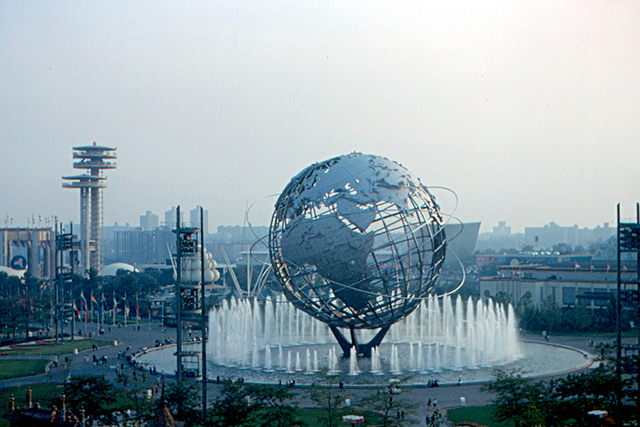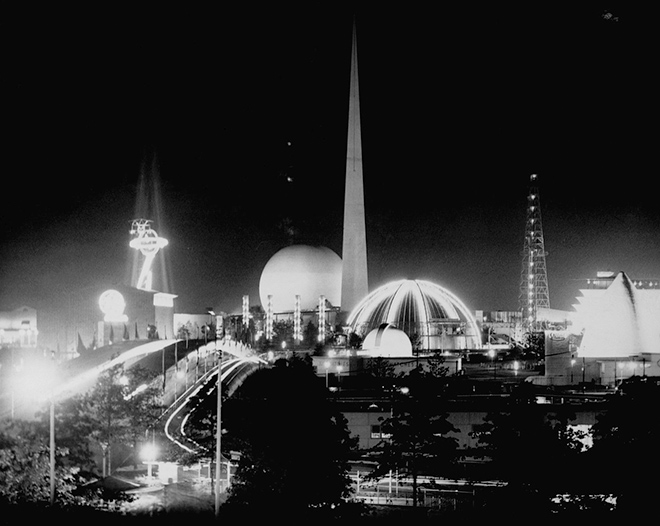Cultural Diplomacy Studies

Cultural Diplomacy is an area of foreign policy that is concerned with what political theorist Joseph Nye calls "soft power," that is the use of cultural exchange to effect positive-sum, mutually beneficial change, rather than the use of coercion or military force. This includes everything from the World's Fair to goodwill tours, even global sporting events like the Olympics. Cultural diplomacy, whether at the state, NGO, or personal level, is beneficial not only for national security, but also for collaborative solutions toward global crises, such as human rights and climate change. Proponants of cultural diplomacy stress the need both for controlling cultural narratives and listening to others' stories.
This page is an interdisciplinary resource on information relating to international affairs, political theory, popular cultural, and the arts and humanities. This is an ongoing, open source project that will be updated regularly.
Disclaimer: As a doctoral candidate in English, the emphasis on narratives and narrative exchange is particularly appealing to me. However, I am aware that many of the sources and projects presented here are problematic in nature. I will attempt to share resources and information as objectively as possible, and I welcome contributions, collaborations, and insights from readers.
Resources and Projects
An Introduction to Soft Power
Joseph Nye on Global Power Shifts, Soft Power, and Smart Power
Joseph Nye is Harvard University Distingtuished Service Professor and former Dean of the John F. Kennedy School of Government. In this TED Talk, Dr. Nye explains the global power shift towards the East as Asia's return to power, rather than rise to power, as is often described in media. Dr. Nye also clearly describes what he means by "soft power" and "smart power," terms he coined which are often taken out of context. And finally, he stresses the importance of affective narrative in foreign policy.
Cultural Diplomacy Sources
Luke, Christina and Morag M. Kersel. U.S. Cultural Diplomacy and Archeology: Soft Power, Hard Heritage. Oxford: Routledge, 2013.
Nye, Joseph S., Jr. Soft Power: The Means to Success in World Politics.Cambridge, MA: PublicAffairs, 2004.
Sadlier, Darlene J. Americans All: Good Neighbor Cultural Diplomacy in World War II. Austin: U of Texas P, 2012.
Simon, Mark (2008). A comparative study of the cultural diplomacy of Canada, New Zealand and India. (Unpublished Dissertation) The University of Auckland, New Zealand.
- Submitted by Bas Ernst (@basernst), Senior Cultural Officer, Embassy of the Netherlands, Rome.
Disney Sources
Sadlier, Darlene J. Americans All: Good Neighbor Cultural Diplomacy in World War II. Austin: U of Texas P, 2012.
Smoodin, Eric Loren. Animating Culture: Hollywood Cartoons from the Sound Era. New Brunswick: Rutgers UP, 1993.
World's Fair Sources
Larson, Erik. The Devil in the White City: Murder, Magic, and Madness at the Fair that Changed America. New York: Vintage: 2003.
Mattie, Erik. World's Fairs. New York: Princeton Architecture P, 1998.

New York World's Fair 1939
This project looks at the World's Fair from multiple angles, considering the history of the Fair beginning with the Great Exhibition, the World's Fair as an institution of cultural diplomacy, popular culture surrounding the Fair, and the art and ephemera of the World's Fair, particularly the New York World's Fairs of 1939 and 1964. More information coming soon.
This is part of an ongoing, multifaceted project examining the role that Walt Disney and the Disney Company played and continue to play in cultural diplomacy.
Walt & El Grupo (2008)
This is a loving tribute to Walt Disney and the team of artists that travelled with him on the State Department-sponsored goodwill tour of Latin America. Using original archival footage and interviews, writer and director Theodore Thomas sheds light on the life of the artists, including his own father, the legendary Frank Thomas, as well as Herb Ryman, who made the first planning sketches of Disneyland, and Mary Blair, who is largely responsible for the art direction and color schemes of Disney's films throughout the 1950s, as well as the "It's a Small World" attraction.
Walt Disney on the making of Saludos Amigos (1942)
In 1941, Walt Disney and a team of artists went on a goodwill tour of South America, funded by the U.S. State Department. This trip was meant to improve Inter-American relations, while warding off growing Nazi sympathies in Latin America. Click here to watch Part Two of this documentary.
During the Cold War, the U.S. State Department sponsored tours of the Middle East by jazz musicians such as Louis Armstroke, Duke Ellington, and Dizzie Gillespie. Below, you will find resources related to jazz diplomacy.
Kaplan, Fred. "When Ambassadors Had Rythm."The New York Times. June 29, 2008.
"Dizzie Gillespie's Jazz Diplomacy". on NPR's Day to Day. October 16, 2006

Collaborate
If you would like to contribute sources or collaborate on building this project, please use the form below to contact me.